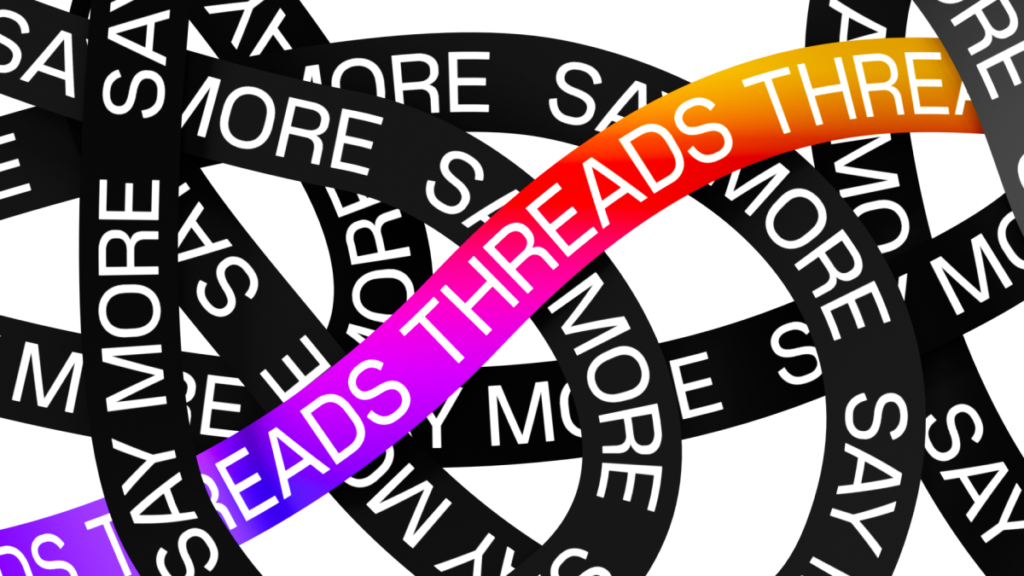In today’s digital landscape, having a strong online presence is essential for any business to succeed. One of the key components to achieving this is through effective on-page Search Engine Optimization (SEO). In this comprehensive guide, we will explore the ins and outs of on-page SEO, why it’s important, and how you can optimize your content to rank higher on search engines and drive more traffic to your website.

What is On-Page SEO?
On-page SEO, also known as on-site SEO, is the process of optimizing various elements of your webpages to improve their visibility on search engine results pages (SERPs) and attract more organic traffic. These elements include content, HTML tags, website architecture, and more. The main goal of on-page SEO is to ensure that your website is easily understood by both search engine crawlers and human users, thus increasing the chances of ranking higher in SERPs.
Why is On-Page SEO Important?
On-page SEO is crucial for several reasons:
- User Experience: Properly optimized webpages provide a better user experience, which can lead to higher engagement, longer dwell time, and lower bounce rates.
- Search Engine Rankings: On-page SEO signals help search engines understand the context and relevance of your content, ultimately influencing your website’s rankings in search results.
- Organic Traffic: A well-optimized website is more likely to attract organic traffic from search engines, which is crucial for driving new customers and generating leads.
By focusing on on-page SEO, you have greater control over the factors that influence your website’s search engine rankings, making it an essential aspect of any successful digital marketing strategy.
On-Page SEO Elements
On-page SEO elements can be broadly categorized into three main areas:
- Content Elements
- HTML Elements
- Website Architecture Elements
We will discuss each of these elements in detail, providing actionable tips and best practices to help you optimize your website’s on-page SEO.
Content Elements
Content is the backbone of any successful on-page SEO strategy. High-quality, relevant, and engaging content not only attracts users but also helps search engines understand the context and purpose of your website. Here are some key content elements to consider for on-page SEO optimization:
High-Quality Page Content
The foundation of any successful on-page SEO strategy is the creation of high-quality, valuable content that addresses your target audience’s needs and search intent. To achieve this, start by conducting thorough keyword research to identify relevant topics and target keywords for your website.
Once you have selected your target keywords, create content that addresses the search intent of your audience. Focus on providing comprehensive, in-depth information that solves your audience’s problems or answers their questions. Aim to create content that is unique, engaging, and easily shareable to boost your website’s visibility and credibility.
Keyword Usage
Incorporating relevant keywords into your content is essential for helping search engines understand the context of your webpages. Use both short-tail and long-tail keywords naturally throughout your content, avoiding keyword stuffing or unnatural usage. Additionally, ensure that your primary and secondary keywords are used in important areas such as headings, subheadings, and image alt text to further strengthen your on-page SEO.
Readability and Formatting
An essential aspect of on-page SEO is ensuring that your content is easy to read and digest. To improve readability, follow these best practices:
- Use short paragraphs and sentences to make your content easily scannable.
- Break up large blocks of text with relevant subheadings and bullet points.
- Incorporate multimedia elements such as images, videos, and infographics to add visual interest and provide additional context.
By making your content more readable and engaging, you can enhance user experience and encourage visitors to spend more time on your website.
Visual Assets
Visual assets, such as images, videos, and infographics, play a vital role in making your content more engaging and shareable. Ensure that you optimize these assets for SEO by using descriptive filenames, selecting appropriate file formats and sizes, and including relevant alt text. This not only helps search engines understand the content of your visual assets but also improves the overall user experience.
HTML Elements
HTML (HyperText Markup Language) is the underlying code that structures your webpages and their content. Properly optimizing HTML elements is crucial for on-page SEO, as it helps search engines understand the context and relevance of your content. Here are some key HTML elements to focus on for on-page SEO optimization:
Title Tags
Title tags are an important HTML element that informs search engines and users about the topic of a webpage. Optimizing your title tags with relevant keywords and ensuring they are unique, descriptive, and concise can have a significant impact on your website’s search engine rankings.
Meta Descriptions
Meta descriptions are HTML attributes that provide a brief summary of a webpage’s content. While they may not directly impact search engine rankings, well-crafted meta descriptions can improve click-through rates (CTR) by enticing users to visit your website. Include relevant keywords in your meta descriptions and ensure they accurately represent the content of your webpages.
Heading Tags (H1, H2, H3, etc.)
Heading tags (H1, H2, H3, etc.) are used to structure your content and indicate the hierarchy of your webpage’s sections. Properly using heading tags can improve your website’s readability and help search engines understand the main topics and subtopics of your content. Be sure to incorporate relevant keywords in your heading tags and use them in a logical, hierarchical manner.
Image Alt Text
Image alt text is an HTML attribute that provides a textual description of an image for users and search engines. Optimizing your image alt text with relevant keywords not only helps search engines understand the content of your images but also improves accessibility for users with visual impairments. Be sure to include descriptive, keyword-rich alt text for all of your visual assets.
Website Architecture Elements
A well-structured website is essential for both user experience and search engine optimization. An organized, logical website architecture ensures that your content is easily accessible, both to users and search engine crawlers. Here are some key website architecture elements to consider for on-page SEO optimization:
Site Speed
Site speed is a critical factor in both user experience and search engine rankings. Slow-loading websites can frustrate users and lead to higher bounce rates, while faster-loading sites are more likely to keep users engaged and on your website longer. To optimize your site speed, consider implementing strategies such as enabling compression, reducing redirects, optimizing images, and leveraging browser caching.
Mobile Responsiveness
With the majority of internet users now accessing websites via mobile devices, it’s crucial to ensure that your website is optimized for mobile viewing. Mobile-responsive websites not only provide a better user experience but are also favored by search engines like Google. To optimize your website for mobile responsiveness, consider using responsive design techniques and testing your site on various devices and screen sizes.
URL Structure
A well-structured URL can help search engines understand the context and hierarchy of your webpages. When creating URLs, aim to make them short, descriptive, and easily readable by both humans and search engines. Include relevant keywords in your URLs and use hyphens to separate words for improved readability.
Internal Linking
Internal linking is the practice of linking to other relevant pages within your own website. This can help search engines better understand the structure and content of your website, while also providing users with additional resources and improving their overall experience on your site. When implementing internal links, use descriptive anchor text and focus on linking to high-quality, relevant content.
On-Page SEO Checklist
To help you optimize your website’s on-page SEO, here’s a handy checklist covering the main elements discussed in this guide:
- Create high-quality, unique, and valuable page content that addresses your target audience’s search intent.
- Incorporate relevant keywords naturally throughout your content.
- Improve readability and formatting with short paragraphs, subheadings, bullet points, and multimedia elements.
- Optimize visual assets with descriptive filenames, appropriate file formats and sizes, and relevant alt text.
- Craft unique, keyword-rich title tags for each webpage.
- Write compelling, accurate meta descriptions that include relevant keywords.
- Use heading tags (H1, H2, H3, etc.) to structure your content and incorporate targeted keywords.
- Ensure your website loads quickly and efficiently for an optimal user experience.
- Optimize your website for mobile responsiveness to cater to the growing number of mobile users.
- Create a user-friendly, descriptive URL structure that includes relevant keywords.
- Implement strategic internal linking to help search engines and users navigate your website.
Final Thoughts: The Ongoing Process of On-Page SEO
On-page SEO, like the game of Tetris, is a never-ending process that requires constant attention and adaptation. As search engine algorithms evolve and user preferences change, it’s crucial to stay up-to-date with the latest on-page SEO best practices and continually optimize your website.
By following the guidelines and implementing the strategies outlined in this comprehensive guide, you can effectively optimize your on-page SEO, improve your search engine rankings, and drive more organic traffic to your website. Remember, the key to successful on-page SEO is to focus on providing value to your users while also ensuring your website is easily understood by search engine crawlers. With dedication and persistence, you can achieve the results you desire and maintain a strong online presence.
Let’s get started!
We’ll put together a customized quote about your project and work with you to get started on your project. Let’s build something together!









